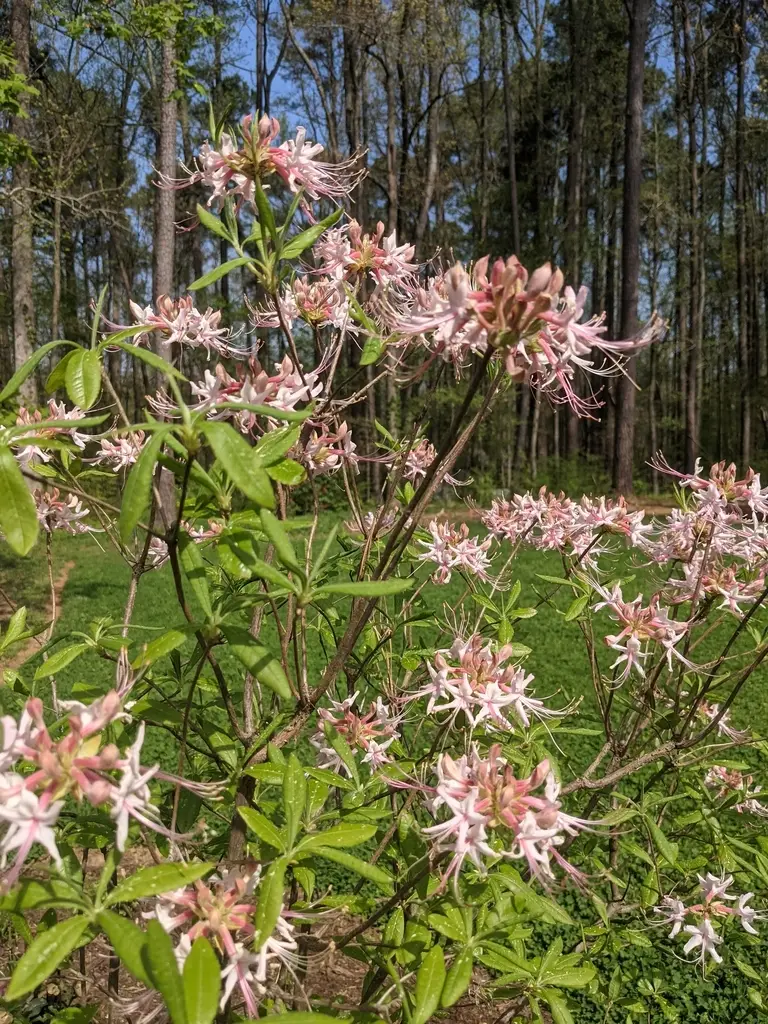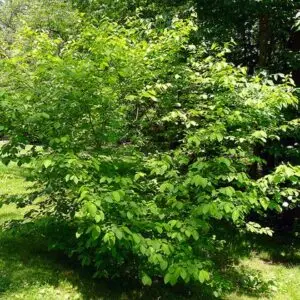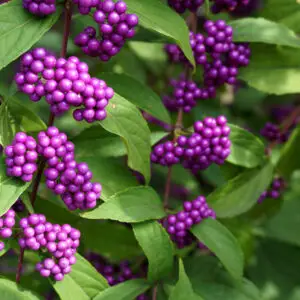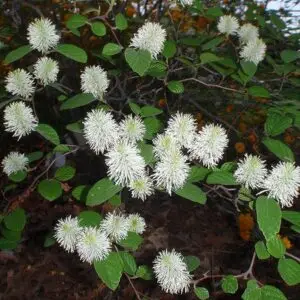| Size | Trade Gallons, Two Gallons, Three Gallons |
|---|
Rhododendron canescens – Flame Azalea (B&B.DR.FRG.H.HMR.M.NB.OP.RR)
$40.00
Ecosystem Services:
(B)-Birds (B&B)-Birds & Butterflies
(BTF)-Butterflies (BW)-Black Walnut Resistant
(DR)-Deer Resistant (DRGHT)-Drought Resistant
(EC)-Erosion Control (EVR)-Evergreen
(FC)-Fall Color (FRG)-Fragrant
(GRD)-Groundcover (H)-Host plant
(HMR)-Hummingbirds (M)-Mammals
(MTH)-Moths (N)-Nectar
(NB)-Native Bees (NST)-Nesting Material
(OP)-Other pollinators (RR)-Rabbit Resistant
(SHWY)-Showy (SPC)-Specimen Plant
Southern pinxter azalea is a large woody, deciduous shrub in the Ericaceae (blueberry) family.
This native shrub is found growing in moist woods, swamp margins, and along streams from North Carolina to Florida and west to Tennessee, Arkansas, and Texas.
Plant this azalea in moist, well-drained, acidic soil that is high in organic matter. It will not tolerate dense clay or poorly drained soil so those soils will need to be amended before planting. Ideal light requirements are dappled sunlight to partial shade. It will grow in full sun if protected from afternoon sun, which can scorch the leaves. This plant propagates slowly by root suckers and its shallow roots appreciate a yearly application of mulch. Rabbit browsing is tolerated well.
It typically grows to 6 to 8 feet tall and less frequently may grow to 15 feet tall. It will be 6 to 10 feet wide at maturity. The leaves are thick and velvety and appear after the showy light pink flowers with very prominent stamens in the spring. Flowers should be deadheaded after bloom. The bark is an interesting gray to reddish/brown and finely shredded. In the fall, leaves turn a burgundy red.
Prune rhododendrons and azaleas after they bloom to preserve the current season’s bloom, and allow time for the plant to produce flower buds for next year’s bloom. Rhododendrons and azaleas set next year’s flower buds by mid to late summer.
Southern pinxter azalea is ideal for a mass planting in woodland or naturalized area. Add it to a pollinator garden where its showy, fragrant flowers will attract butterflies, bees, and hummingbirds. Or use it in a shrub border or as an attractive hedge to line a walkway.
All parts of the Rhododendron genus contain the poisons Andromedotoxin, Grayantoxin.
As a host plant, Rhododendron alabamense can be a food source or a place where certain insects lay their eggs or develop.
Members of the genus Rhododendron support the following specialized bee: Andrena (Andrena) cornelli, and bumble bees.
Only logged in customers who have purchased this product may leave a review.






Reviews
There are no reviews yet.